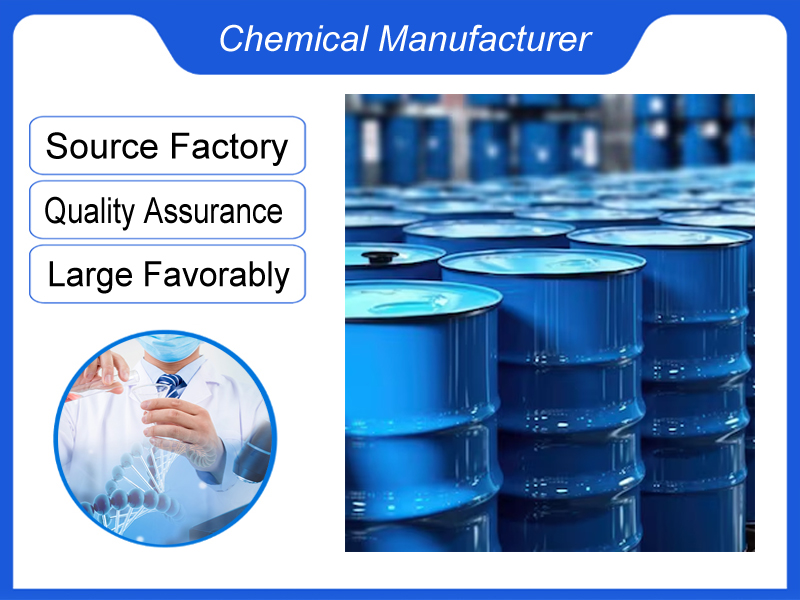
Acrylic Polyols
We are a manufacturer based in China. We specialize in providing high-quality Acrylic Polyols for industrial clients across various sectors. Whether you need chemicals consultation or technical support, our team is here to help.
Category:Paint chemicals Own Brand:MT /MOQ:100KG /From China/ B2B only.
Introduction
Solid acrylic polyol resins contain hydroxyl groups in the side chains and many monomer units throughout the main chain. Typically, solid acrylic polyol resins are available in molecular weights ranging from as low as 3.000. to as high as 25.000. to as high as 400.000. providing formulators with a wider range of options.
The advantages of solid acrylic polyol resins are as follows:
Easier material handling
High flexibility: formulators can choose different solvents
Formulator does not have to deal with solvent hazards
Virtually no oligomers or residual monomers, providing better chemical resistance and hardness
Good film formation
High reflectivity
Use of low Tg solid acrylic polyol resins improves post-film impact properties
Acrylic Polyols: Properties and Industrial Applications
Table 1: Key Characteristics of Acrylic Polyols
| Property | Typical Value | Functional Benefit |
|---|---|---|
| Hydroxyl Value (mg KOH/g) | 30-200 | Crosslinking density control |
| Molecular Weight (Mn) | 1.000-10.000 | Film formation & flexibility |
| Viscosity (25°C, mPa·s) | 500-50.000 | Application suitability |
| Glass Transition Temp (°C) | -20 to +100 | Hardness/flexibility balance |
| Solid Content (%) | 40-80 | VOC compliance |
Table 2: Comparison with Other Polyol Types
| Parameter | Acrylic Polyols | Polyester Polyols | Polyether Polyols |
|---|---|---|---|
| Weather Resistance | Excellent | Good | Fair |
| Hydrolysis Resistance | Excellent | Moderate | Excellent |
| Chemical Resistance | Very Good | Good | Moderate |
| Cost Factor | 1.5-2.0 | 1.0 | 0.8 |
| Cure Speed | Fast | Medium | Slow |
Table 3: Major Applications
| Application | Required Properties | Typical OH Value |
|---|---|---|
| Automotive Clearcoats | High gloss, weather resistance | 80-120 |
| Industrial Coatings | Chemical resistance | 100-150 |
| Plastic Coatings | Adhesion, flexibility | 50-90 |
| Wood Finishes | UV stability | 70-110 |
| Adhesives | Toughness | 30-60 |
Table 4: Formulation Guidelines
| Component | Function | Typical Range (%) |
|---|---|---|
| Acrylic Polyol | Film former | 50-70 |
| Polyisocyanate | Crosslinker | 30-50 |
| Additives | Flow, UV protection | 1-5 |
| Solvents | Viscosity control | 20-40 |
| Catalysts | Cure acceleration | 0.1-0.5 |
Table 5: Performance Data
| Test Method | Result | Industry Standard |
|---|---|---|
| Gloss (60°) | >90 | ASTM D523 |
| MEK Resistance | >100 double rubs | ASTM D5402 |
| QUV-A (1000h) | ΔE<1.0 | ASTM G154 |
| Flexibility (T-bend) | 0T | ASTM D4145 |
| Adhesion (Cross-cut) | 5B | ASTM D3359 |
Acrylic polyols provide superior durability and weather resistance for high-performance coatings. Their molecular design flexibility allows precise tuning of properties for specific applications, particularly where UV stability and chemical resistance are critical. While more expensive than alternative polyols, their performance justifies the premium in demanding environments.
If you're ready to take the next step, Leave your message below and we’ll reply soon. 20+ years of chemical manufacturing & export experience, a partner you can trust.





